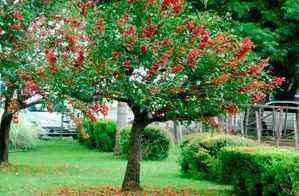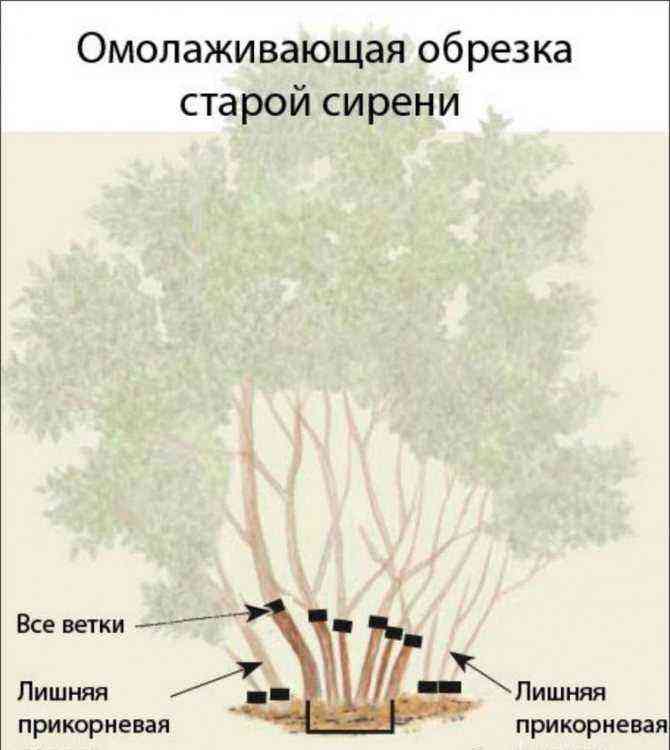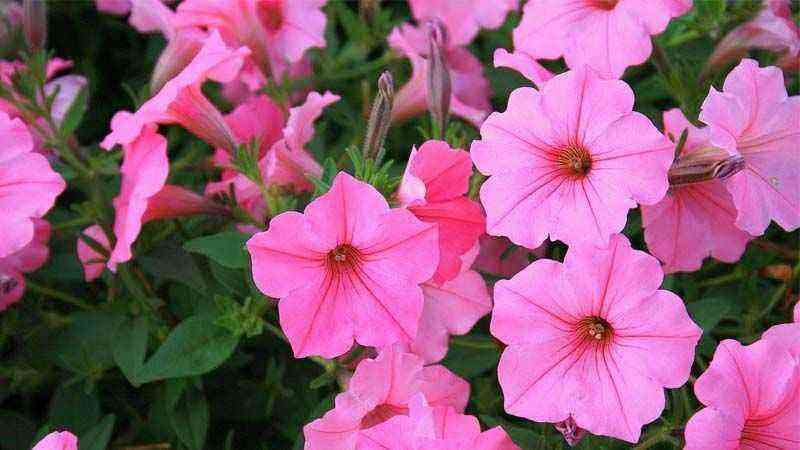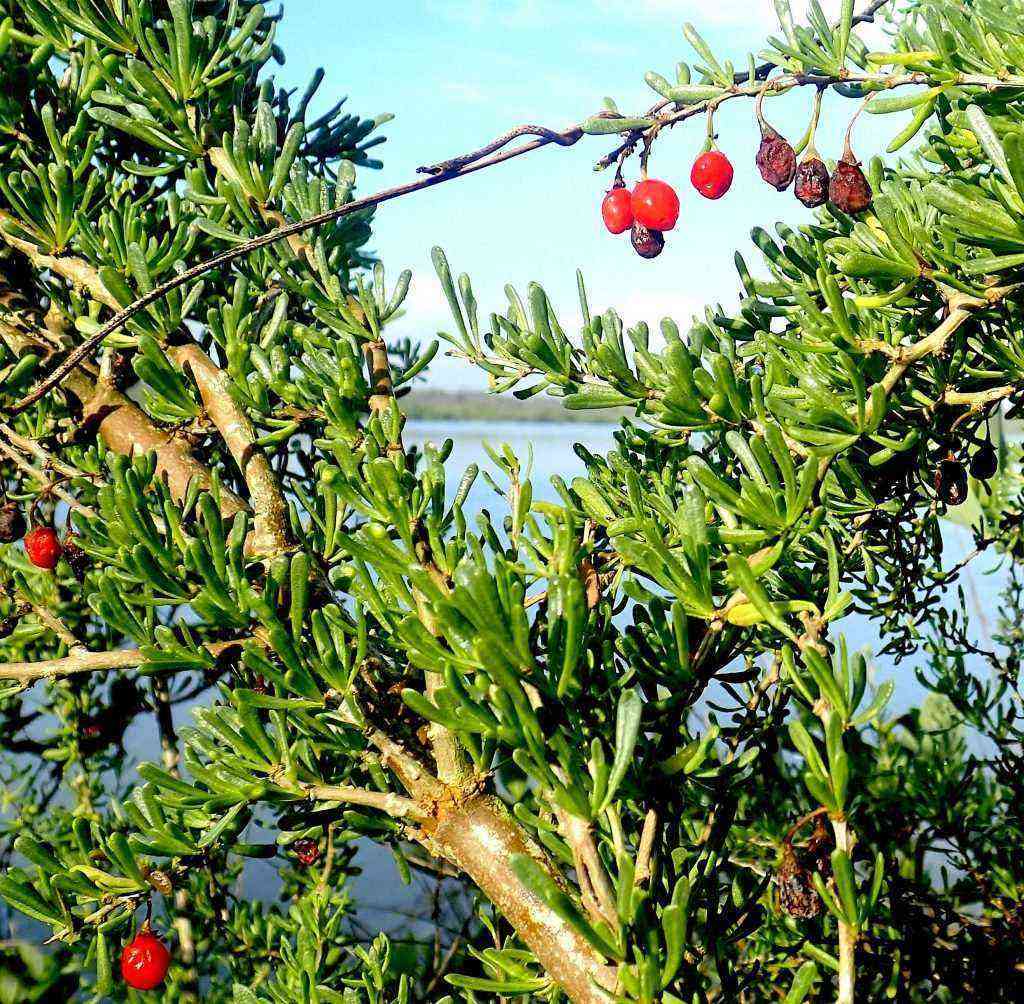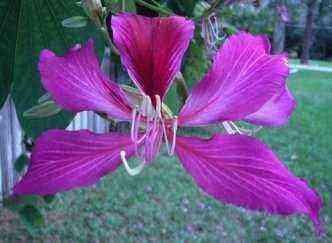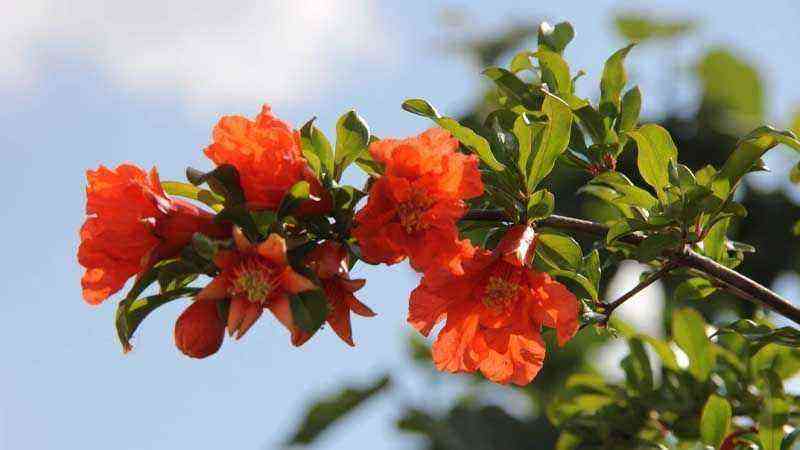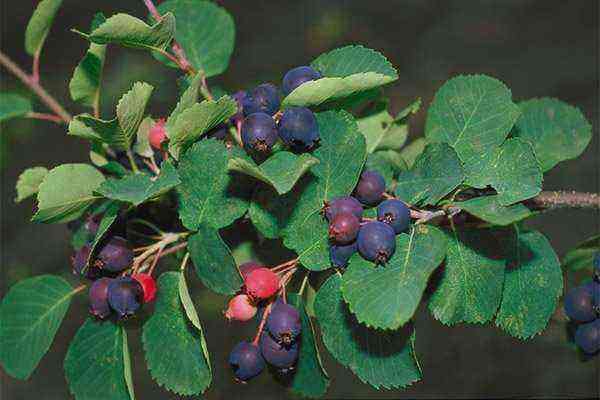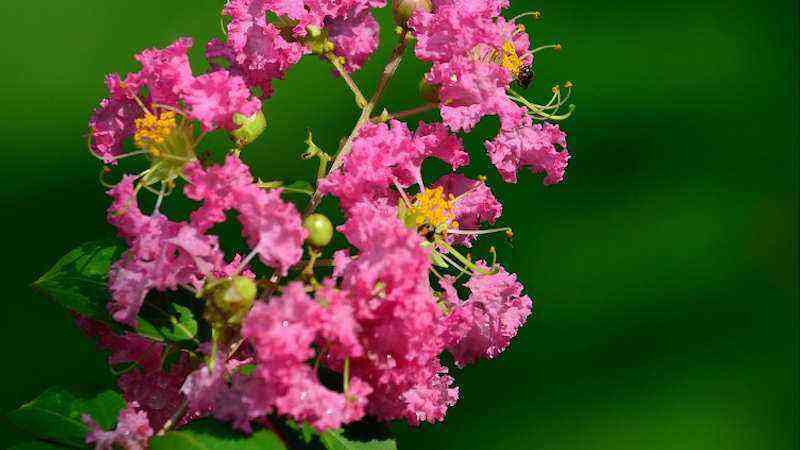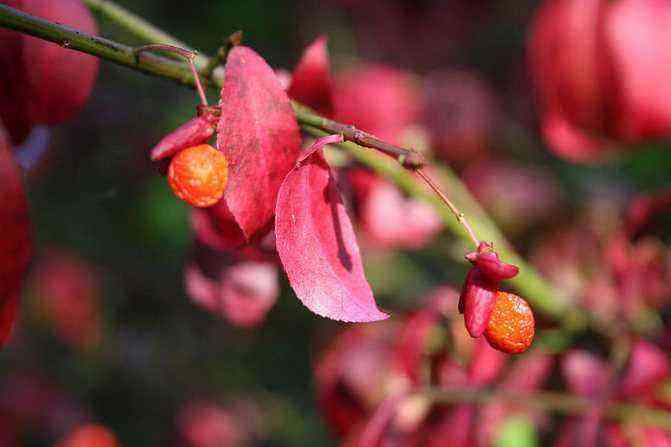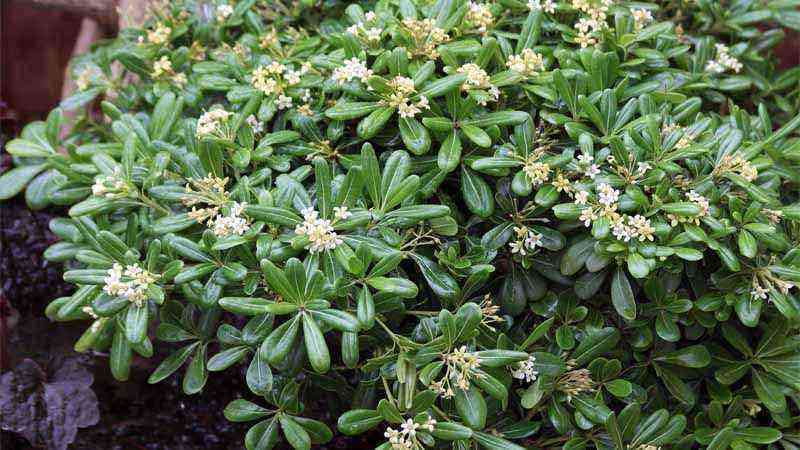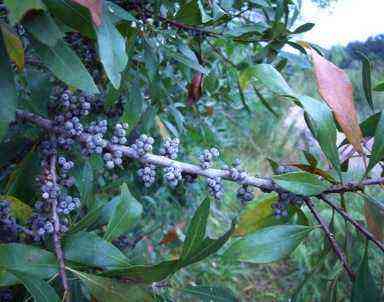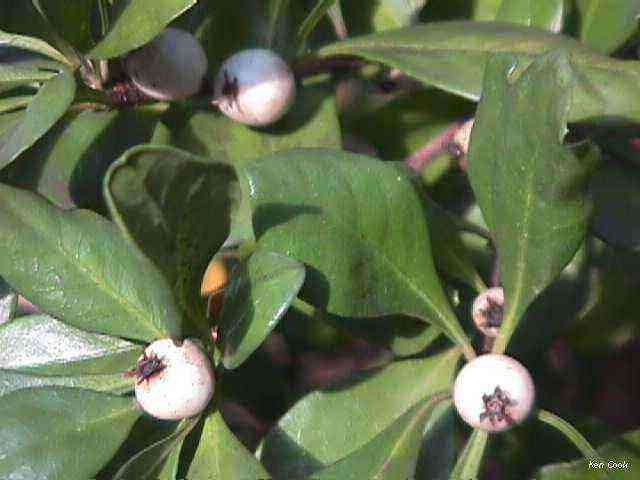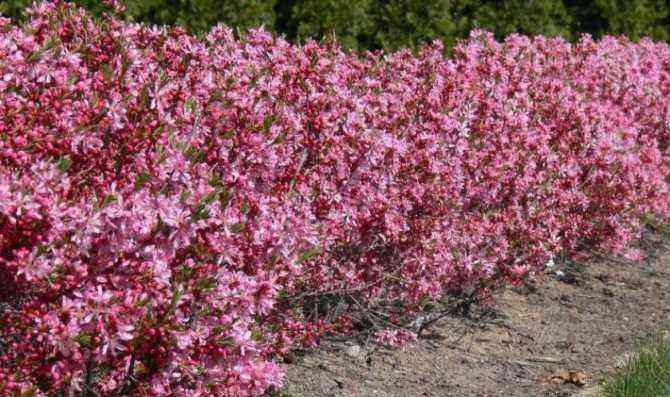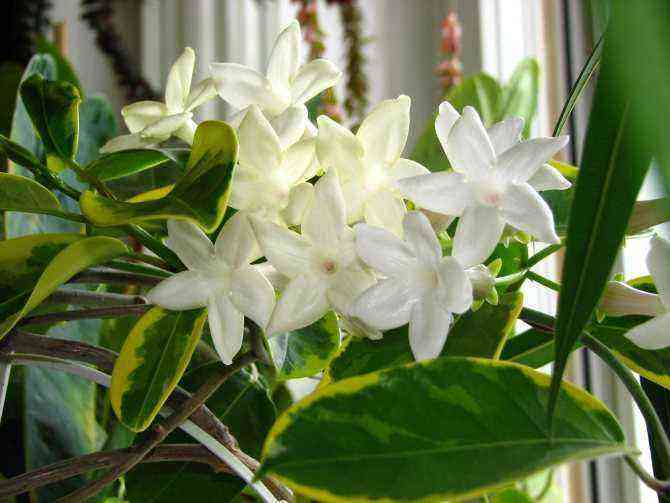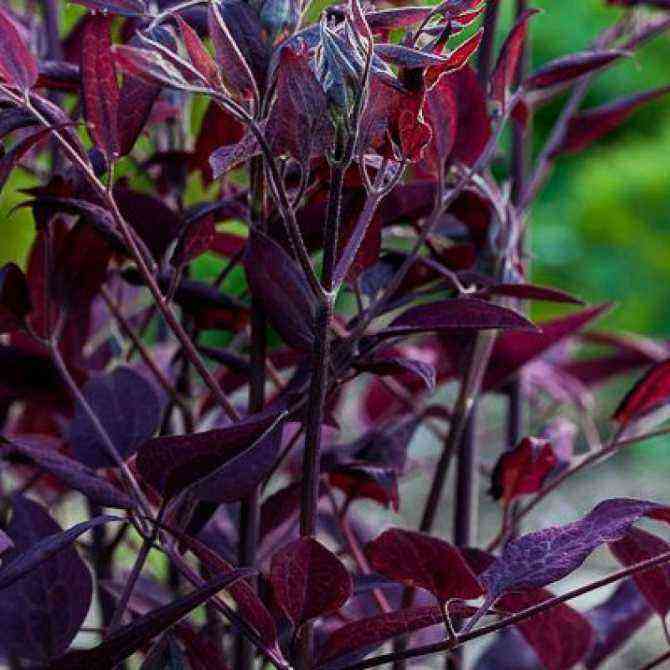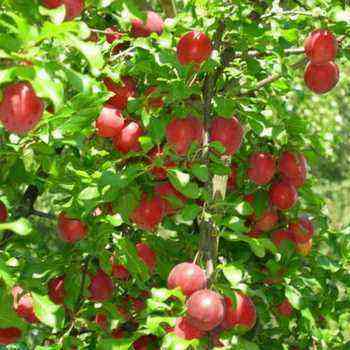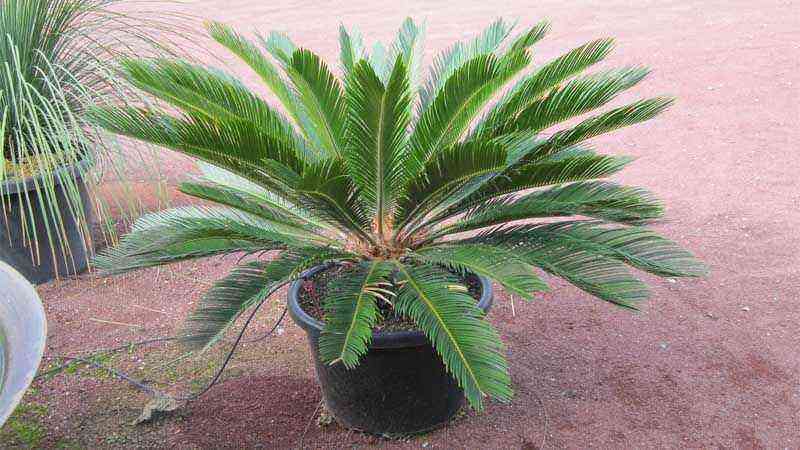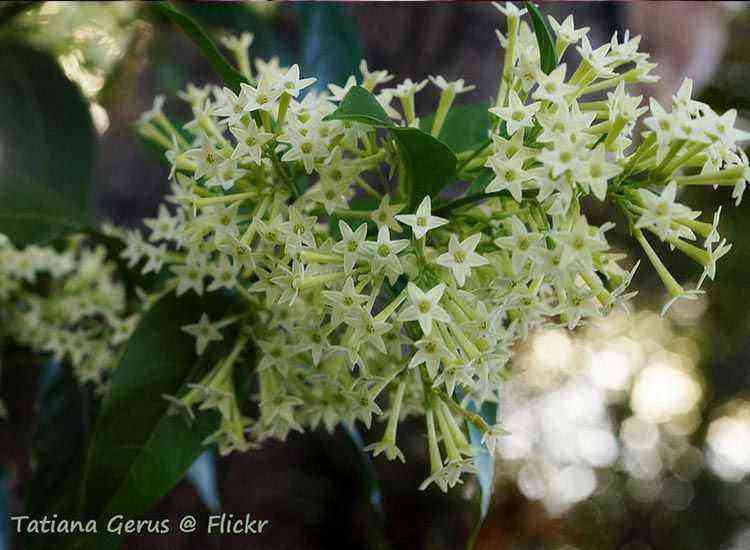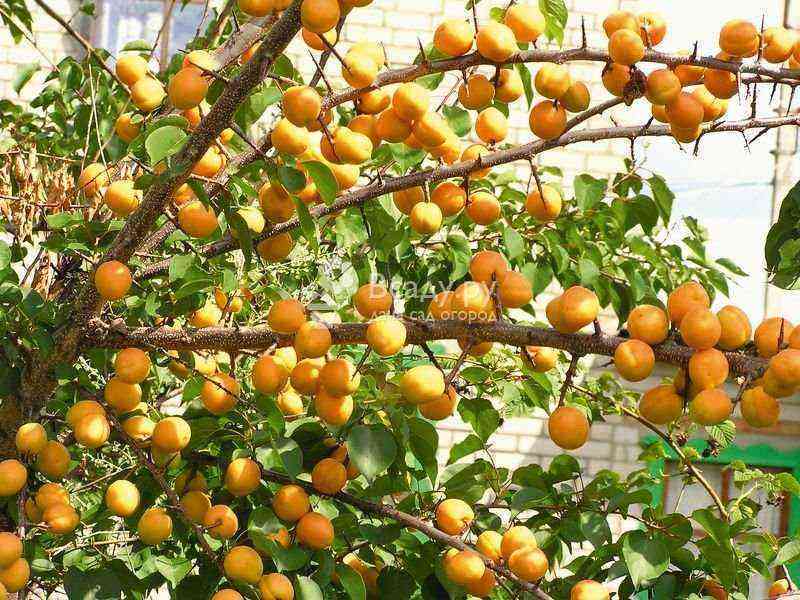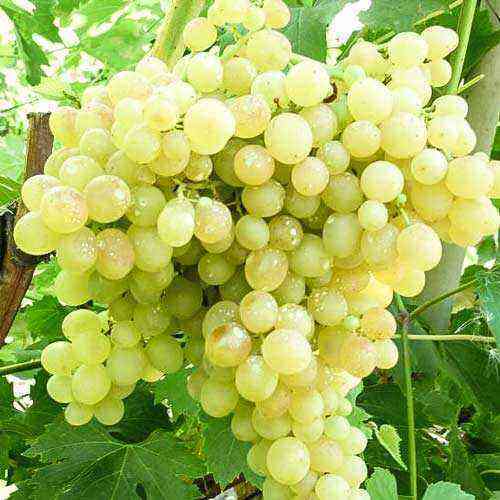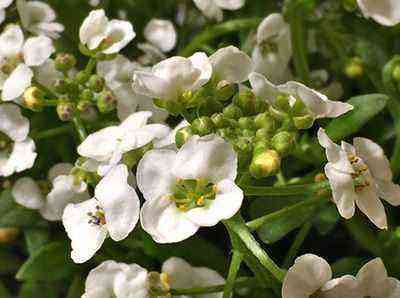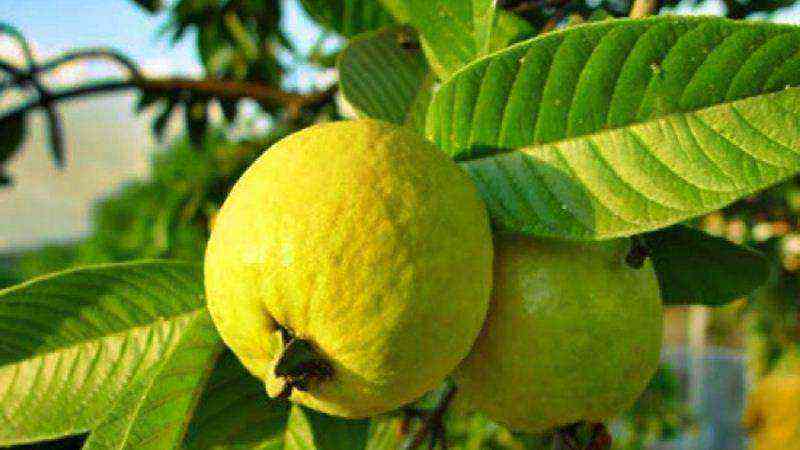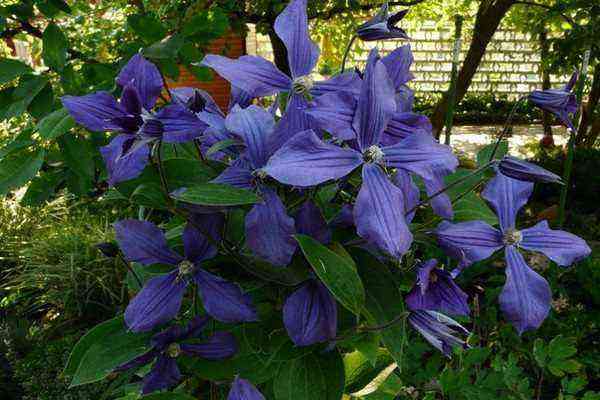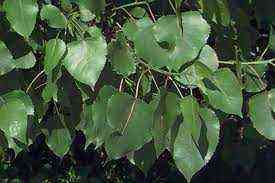Tangerines are the common name for different varieties of citrus fruits. As a rule, they are sweeter than other “brothers” of the citrus family, have a pleasant warm orange color, are easily cleaned and supply extremely many useful substances. In our latitudes, mandarin is the main fruit of the winter holidays and a favorite treat for kids.
Botanical features
Mandarin belongs to the largest and most diverse group of citrus fruits. Their fruits vary in size and sweetness, some may contain a lot of seeds, others be completely without them. A tangerine tree is usually slightly smaller than an orange tree. Although this does not mean that it belongs to dwarf plants – an adult tree has a wide crown and can exceed 7 meters in height. These are spiky evergreens with thin branches and fragrant white flowers. During the first 5 years, the tree practically does not yield a crop, and reaches a fruiting peak by about 12 years.
The fruits of this citrus are much smaller than oranges, slightly flattened with peels from bright orange to red-orange. In mature fruits, the peel is loose and easily detached from the lobules. Compared to oranges, these plants are more resistant to cold and tolerant of drought, however, ripe mandarin fruits are more tender, it is easier to damage them. But like all representatives of citrus fruits, tangerines provide the body with many vitamins and minerals, while they practically do not contain calories and fat. Today, there are many varieties of this plant, so scientists use a variety of classifications for it.
To sum up
- Mandarins are popular citrus fruits that are not of the same species as oranges.
- There are up to 200 varieties and hybrids of tangerines in the world, including common tangerines and clementines.
- They are rich in many nutrients such as vitamin C and fiber, which are linked to improved immune function and gut health, respectively.
- Store them at room temperature or in the refrigerator. Either way, they are a healthy, tasty and nutritious snack.
Tags: Mandarins
- Similar records
- 6 health benefits of the cockatoo plum
- Olives: benefits and harms to the body
- Lingonberry: medicinal properties and contraindications
«Previous post
Mandarin, where are you from?
It is believed that the homeland of these sweet citrus fruits is northeast India. Biologists suggest that the first mandarin trees appeared 3000 years ago. From India, tangerine “migrated” to China, then to Europe, the countries of North Africa and Australia.
At the beginning of the XIX century, two varieties of wood came to England, then they spread throughout the Mediterranean countries, from there – to the American continent. Today, this plant is most common in Japan, southern China, India, East Indies, Australia, USA, Mexico. But still, the main supplier of these sweet fruits is China, where about half of the world’s mandarin harvest is grown. Every year, the Chinese collect 25-30 million tons of these fruits.
How they bloom
When deciding how a tangerine blooms, it is important to take into account the origin and variety of the variety. The flowers have opaque white or cream petals. The buds are collected in brushes (5-6 pcs.), There are single flowers. The plant smells good, the smell is similar to that of bergamot. The flowering period lasts from April to June. In a subtropical climate, the duration of flowering of trees is February-April, ripening of fruits occurs in November-December.
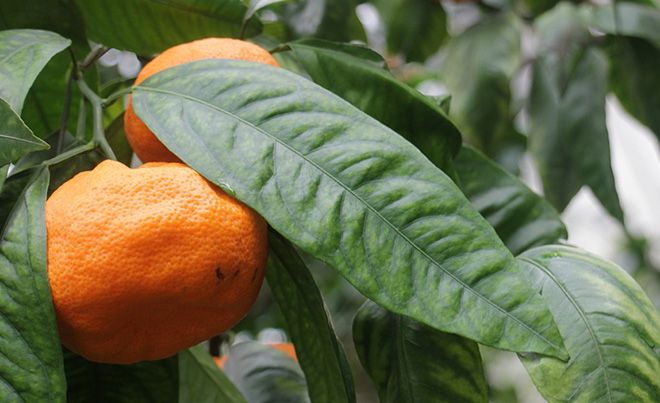
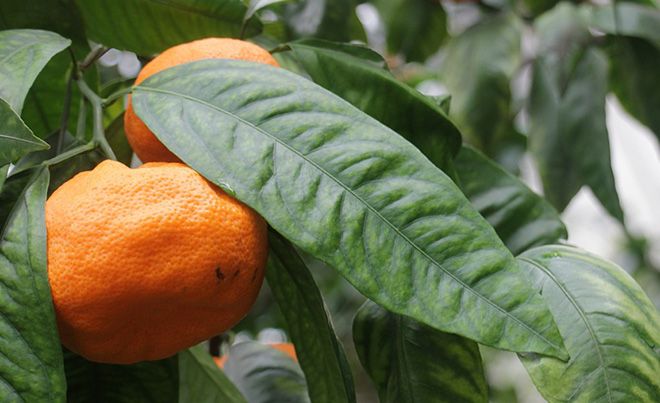
Types of Tangerines

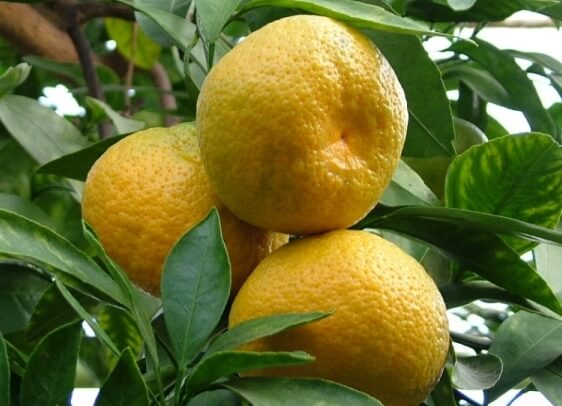
Tangerines of different varieties and species fall into our markets. One of the most popular is Clementine. These fruits are a hybrid of mandarin and bitter orange. They have a sweet-sour taste, a pleasant aroma, a small amount of seeds. These are the smallest members of the tangerine family.
A hybrid of mandarin and grapefruit, called tangelo, is easily recognizable by its very sweet taste with light bitterness and large size (the largest). Seedless tangerines, which also often appear on our shelves, are called Japanese, and fruits with a reddish tinge are representatives of the Tangor variety.
If you are looking for very sweet fruits, then you should choose among the Moroccan or Israeli varieties. The fruits of the varieties Robinson, Clementine, Honey, Mineola, Dancy, Temple also fit into this characteristic. If you want fruit with sourness, you should look for it among Turkish, Chinese or Abkhazian “guests”. You need tangerines that are easily peeled from the skin – Japanese, Spanish, Moroccan, Turkish and Abkhaz varieties are suitable.
Why mandarin is a New Year’s fruit
When deciding whether a tangerine is a fruit or a berry, it must be borne in mind that it is a multi-seeded berry-like fruit. The scientific name is hesperidium. In different sources, tangerine can be called a fruit and a berry. The top of the tangerine is covered with a skin of a golden-orange hue.
The weight of 1 medium fruit is about 100-140 g, the mass of the pulp without skin is 80-100 g. Mandarin belongs to the evergreen trees of the citrus group. Plant height reaches 2-4 m when grown in open soil. Potted crops grow up to 1-1,5 m, take the form of a bush. The plant is grown on plantations in states with subtropical climates and does not grow as a wild crop.
This is a berry or fruit with a low calorie content – 40-56 kcal per 100 g. The pulp is sweet, some varieties (Spanish) contain seeds. Mandarins are distinguished by a large polymorphism, as a result, in the groups of tangerine varieties, many subspecies, hybrids are formed, differing in size, taste, shade of skin and pulp.
However, the reality seems to be a little more prosaic. The fact is that tangerines came to the table of Soviet citizens from Georgia and Abkhazia, where they ripened (and continue to ripen) in November-December. Mandarins gained popularity as a kind of New Year’s symbol on the territory of the former USSR in the mid-60s of the last century.
Jupiterimages/Photo Images
Then the standard of living of the Soviet people began to rise; people began to think about the prevention of various diseases in the winter. And it was during this period of the year that it was impossible to find a better source of vitamins (and even fresh!) Than mandarin. And since the price of this citrus cannot be said to be wasteful, all these factors combined (including the “smart” appearance of the product) made it popular for the New Year’s table.
Nutritional value
Despite the sweet taste, tangerines contain almost no calories. More than 85% of these fruits are made up of water. For this reason, tangerines are on the list of fruits allowed for diabetics.
Mandarin is the richest source of vitamin A among citrus fruits.
For comparison: if 100 g of pomelo contains about 8 IU of this vitamin, in lemon – 22 IU, in oranges – 247 IU, then in tangerines this figure is 681 IU. And, as you know, the health of the eyes, skin, teeth and bones depends on this vitamin.
As for ascorbic acid, its reserves of 100 g of fruits will provide 38% of the daily intake of vitamin. Also, this fruit contains a certain amount of B vitamins and the main vitamin antioxidant – E. And the flavonoids that make up the citrus fruit are an effective tool for the prevention and treatment of obesity, type 2 diabetes, cardiac diseases. It is important to know that the main concentration of this substance is found in the peel of tangerines.
| Caloric value | 53 kcal |
| Carbohydrates | 13 g |
| Proteins | 0,8 g |
| Fats | 0,3 g |
| Fibre | 1,8 g |
| Folic acid | 16 μg |
| niacin | 0,4 mg |
| Pantothenic acid | 0,2 mg |
| pyridoxine | 0,08 mg |
| riboflavin | 0,04 mg |
| thiamine | 0,06 mg |
| Vitamin C | 27 mg |
| Vitamin A | 681 ME |
| Vitamin E | 0,2 mg |
| Sodium | 2 mg |
| potassium | 166 mg |
| Calcium | 37 mg |
| Copper | 42 μg |
| Hardware | 0,2 mg |
| Magnesium | 12 mg |
| Manganese | 0,04 mg |
| Zinc | 0,07 mg |
Care
The most favorable place for a plant is the east or south window of an apartment or house. Mandarins love bright and diffused light, but you cannot keep them under the scorching sun, otherwise the leaves will get burned. For a plant to develop normally, it needs appropriate conditions: soil and air temperature from 16 to 20 degrees in warm seasons and 12-15 degrees in winter. It is important to know that if you do not provide the tangerine with a lower temperature in winter, many flowers will be sterile. You cannot rotate or rearrange the plant pot, citrus fruits love one-sided lighting.
In winter, the plant needs more light, which can be provided by a phyto-bulb. You need to get used to additional lighting gradually so that the tangerine does not get stressed and does not shed its leaves. In the summer, the pot with the plant is taken out into fresh air, where it must be protected from a draft. In the heat and during the flowering of the tangerine, the air should not overheat, the flowers may wilt, and the ovaries may fall off.
In summer, the plant is watered every other day, in winter, once a week. For irrigation, they take settled or filtered warm water. In winter, for humidity, tangerine is sprayed once a day, but only if the air in the room is very dry. In the summer, spraying is carried out several times a day, an open container of water is placed next to the pot. During spraying, water should not come into contact with the flowers.
Fertilization should be intensive from March to September when bud development takes place. For top dressing, complex mineral fertilizers with a high content of potassium, nitrogen and phosphorus are used, a solution of water and cow dung in a ratio of 10 to 1. Top dressing is carried out 1 time in 10 days, fertilizers must be alternated. In winter, feeding is carried out once a month.
Benefit for health
Pleasant taste is far from the only positive quality of tangerines. This citrus has several health benefits: from losing weight to preventing cancer.
Oncology
Studies have shown that mandarin can reduce the risk of developing liver cancer. Scientists say that all this is due to the rich content of carotenoids. Many doctors attribute tangerine juice to patients with hepatitis C. In addition, this fruit contains a high concentration of limonene, which has anti-cancer properties, and is particularly effective against breast cancer.
Vitamin C Source
This is probably the most famous fact about tangerines: they contain a lot of vitamin C (approximately 38 percent of the daily intake). Now let’s look at this fact in more detail. So what are the benefits of ascorbic acid? This vitamin is one of the most important antioxidants for humans. He fights free radicals that cause cancer and increase the tendency to colds, viral diseases. That is, the antioxidants contained in mandarins are able to “disarm” free radicals and protect the body from the most terrible diseases.
Cholesterol
Synephrine is one of the components of the chemical composition of mandarins. What is he famous for? Scientists say that synephrine inhibits the production of so-called bad cholesterol in the body, which causes atherosclerosis. On the other hand, hemicellulose and pectin – the insoluble fiber present in the fruit, prevents the absorption of cholesterol in the intestine.
Hypertension
Tangerines help lower blood pressure. And it’s not a joke. Scientists say that thanks to a unique set of minerals and vitamins, this fruit really has the ability to regulate blood pressure. Mandarin diet promotes a smooth and even movement of blood through the vessels.
Excess weight
It may seem strange, but this sweet fruit is ideal for an obese diet. And all thanks to the substantial fiber content in citruses. Dietary fiber, falling into the stomach, fills it and maintains a feeling of satiety for a long time, preventing overeating. In addition, doctors found that tangerines are able to control blood glucose levels. And this means that the body uses the consumed sugar as fuel, and does not put it off in the form of fat reserves.
In addition, the composition of mandarins contains organic acids (citric and malic). They accelerate the process of cleansing the body of toxins and toxins, improve digestion, accelerate metabolism. In the complex, it also contributes to easy loss of excess weight.
The immune system


What are we usually going to visit sick friends with? Right, with oranges. And all because they contain a lot of vitamin C, which is necessary to strengthen immunity. The same vitamin is found in sufficiently large quantities in tangerines. But besides this, sweet citruses also have antimicrobial, antiviral, antifungal properties. Mandarins also relieve spasms in the digestive system, soothe nerves, thereby preventing vomiting, which often occurs against a background of high body temperature. And in addition to what has already been said: tangerines cleanse the blood of toxins and decay products, which is also a big help for an organism weakened by a disease.
Leather
And again, you have to remember about ascorbic acid. This delicious vitamin is also good for the skin. Moreover, the beneficial effect will be felt both after eating fruit in food, and after using its pulp as a natural cosmetic product. Regular consumption of tangerine juice improves skin tone and color. Antioxidants protect the skin from the aggressive effects of ultraviolet rays, help the skin withstand the sun. Beauticians advise wiping the skin with the juice of this fruit to get rid of age spots and wrinkles. Also, tinctures from tangerine zest, which contains no less useful components than the pulp of fruit, are excellent as a cosmetic product. But dermatologists advise tangerine oil as a means to accelerate wound healing.
Hair
The antioxidant ability of citrus fruits perfectly affects the health of the hair. Tangerine juice added to the finished cosmetics will make the hair shiny and strong. Effective for healing dull and weakened hair mask of tangerine juice.
Potential harm of tangerines and contraindications
When consumed in moderation, tangerines can be enjoyed as part of a healthy, balanced diet. However, there are a few side effects that need to be considered as well.
For starters, sour tangerines can erode tooth enamel over time.
Consuming large amounts of citrus fruits may also be associated with a higher risk of tooth decay, according to one study from South Africa. Therefore, it is important to maintain a moderate intake and enjoy other wholesome fruits and vegetables ().
Also, it’s important to remember that fruit juice is also lower in fiber than whole fruits. While a serving or two of tangerine juice can help supply your body with a range of important vitamins, minerals, and antioxidants, it may not provide the same health benefits due to the lack of fiber.
Since each serving of fruit juice also contains concentrated amounts of calories and fructose, it can also contribute to weight gain and liver problems over time if consumed in excess ().
Summary:
Overall, tangerines are very healthy, however acidic types can have a negative effect on your teeth.
Caveats
Mandarins, like all citrus fruits, quite often cause food allergies. Therefore, nutritionists are not advised to abuse the fruit to pregnant women. Excessive consumption of citrus fruits can adversely affect the health of the expectant mother, as well as harm the child. In addition, doctors strongly recommend washing the fruits before use, since most of them are chemically processed during transportation.
This sweet citrus is also prohibited for people with ulcers, gastritis and other diseases of the digestive organs, especially during the period of exacerbation.
In a children’s diet, mandarin should be introduced slowly, starting with small doses (from a few drops of juice).
Storage terms and features
After purchase, tangerines are recommended to be stored in trays and the bottom shelf of the refrigerator. The approximate period is 10 days. But you should not wrap it in cellophane. There they quickly deteriorate and feel bad. It can be laid on a special net, wrapped in paper and stored for up to 1 month.
Many people believe that lemon is the best for colds because of the greatest amount of nutrients. However, this is a myth. Mandarins are no worse than their counterparts. If you eat 2 fruits a day, they will begin to fight pneumonia, liquefy and remove phlegm, and lower the temperature in case of colds. This is an excellent remedy for bronchitis, pleurisy.
You can eat exclusively for everyone in the absence of contraindications, especially for women and children. Mandarin is an excellent prevention of excess fluid retention in the body for pregnant women. It will relieve depression and chronic fatigue, have a beneficial effect on the skin and hair. The product is low-calorie, it helps in the period of the cold and flu epidemic just as well as the classic lemon.
How to choose and store
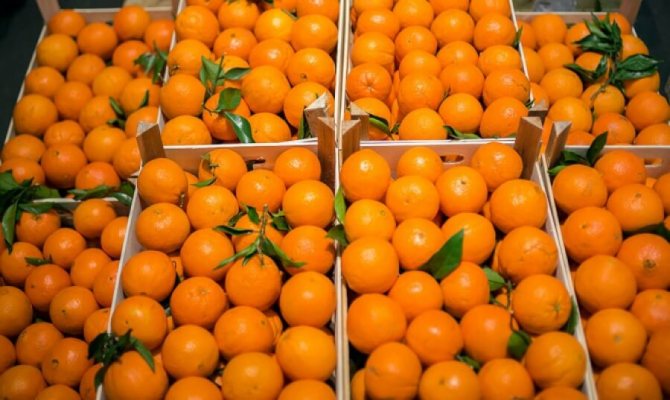
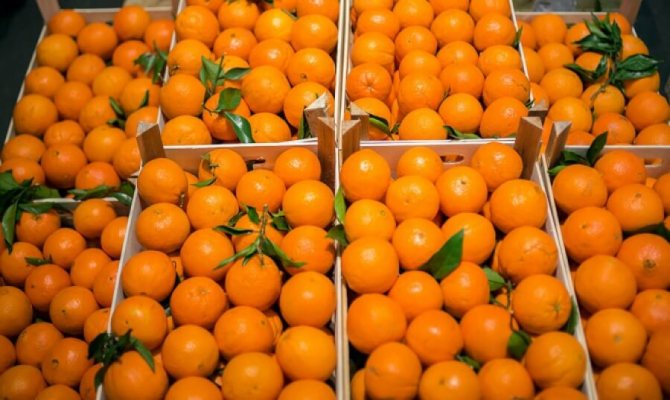
Ripe and healthy fruits should be bright orange in color, without stains, mold and rot. To determine the ripeness level of citrus, just put it on the palm of your hand: the right fruit feels a little harder, as for its size. The heavier the fruit, the more juice it contains. On the contrary, you should not take very light and soft fruits. Another evidence of the quality of the fruit is its flavor. It should be fresh, intense and without “chemical” impurities.
It is better to store tangerines in a cool place, avoiding direct sunlight. In the refrigerator, the shelf life of the fruit will last up to 2 weeks. And one more important point: tangerines do not accept high humidity. Therefore, it is strongly not recommended to store these fruits in unopened plastic bags. You can extend the “life” of fruits if you grease their skins with vegetable oil or wax, which work as natural preservatives.
When ripe
When deciding when tangerines ripen, it is necessary to take into account the characteristics of the growth of varieties. The standard fruiting period is November-January. Some varieties bear fruit until spring. Each plant produces fruit annually after 3-4 years of age. Each year 1 tree brings up to 600-800 pieces. tangerines.
It is not recommended to handle the fruit. Correct assembly will extend the storage period. It takes about 8-10 months from the flowering period to the formation and ripening of the fruit before the tangerines are harvested. With an industrial scale of cultivation, up to 1-30 kg are harvested from 50 tree.
Tangerines on the table
Tangerines are a healthy, high-nutrient dessert. Nutritionists recommend eating at least 1-2 fruits daily, and the chefs have come up with many recipes to make the tangerine season more diverse. Slices of these fruits are added to salads, desserts, such as jellies and puddings, and tangerine oil serves as a natural flavoring for baking, ice cream, creams, sweets.
Healthy dessert for kids.


Prepare 1 package of gelatin, 1 glass of boiling water, half a glass of cold water, 1 glass of tangerine juice, chopped pineapple, yogurt and whipped cream.
To prepare this delicacy, first dilute the gelatin in warm water. Then add cold water, tangerine juice and slices of pineapple. Mix everything, pour into a mold and let harden. Then whip the cream with yogurt and garnish with this airy mass of jelly.
Tangerines with meat
For this dish you will need 3 bell peppers and 1 carrot, cut into strips, as well as onions, chopped in half rings, which should be stewed in a small amount of vegetable oil. About half a kilogram of beef (cut into strips) pickle in a mixture of tangerine juice, a teaspoon of sugar, ground ginger and soy sauce. During this time, fry the zest of tangerines in a pan. When the oil absorbs the citrus aroma, remove the peel and instead pickle the pickled meat in a skillet. Add the stewed vegetables to the finished beef. Stew for another 5 minutes and can be served.
How many slices are in one tangerine
When deciding how many slices are in tangerine, it is necessary to take into account the differences in the varieties. Tangerines have a different number of slices, usually about 10-12 pieces.
To determine the number of slices, you will need to examine the area with a tail from the branch.
It must be separated from the base and count the number of points with which the lobules are connected to the branch. The number of notches equals the number of beats. No peeling of citrus is required to determine the number of slices.
Tangerine cosmetics
In addition to the juice of these sunny fruits, essential oils are actively used in cosmetology. Preparations with this component will help:
- narrow the pores;
- align skin texture;
- remove traces of scars and age spots;
- make the skin supple and toned;
- cure ulcers, inflammation, acne.
At home, mandarin essential oil can be used as a component of a face mask.
For aging skin, a mixture of oils from mandarin, rosehip, mango, avocado is suitable.
For oily – a combination of tangerine and peanut oils, to which add the extract of calendula and hypericum.
You can remove irritation from the skin with a mask of essential oils of primrose, walnut and mandarin.
Smooth wrinkles according to the strength of a mixture of tangerine, olive, peach and lavender oils.
In addition, the antiseptic properties of mandarin make it an effective oil against herpes and fungi. Also, a few drops of citrus substance are added to massage oils – thus, a preparation is obtained from cellulite and stretch marks. And only 3 drops of tangerine oil added to the shampoo will help cure split ends and prevent hair loss.
Meanwhile, it is worth knowing that it is impossible to apply tangerine products to the skin before a visit to the solarium or going to the beach. Also, citrus essential oil is contraindicated in pregnant women, people with allergies and hypotension.
MYTH 4. All tangerines are high in vitamin C
Research has shown that the amount of vitamin C in tangerines depends on two parameters. First, the variety. According to statistics, 100 grams of tangerines contain 38 milligrams of vitamin C. It turned out that the statistics are true only in the case of the “clementine” variety. Here, in most cases, ascorbic acid is even more than 50 milligrams per 100 grams. Mandarins of the Murcott, Nadorkott, Satsuma, Unshiu, and Shiva Mikan varieties typically contained less than 20 milligrams of ascorbic acid.
And secondly, the amount of vitamin C may decrease if the conditions for the transportation of fruits are violated. For example, if the tangerines are frozen during transportation. This will give out a tasteful smell – they will not match fresh fruits. This was confirmed by the results of our organoleptic tests: curiously, the taste and smell of tangerines with a small amount of vitamin C in most cases did not correspond to fresh fruit. Most likely, they froze over during transportation. Keep in mind: if the tangerines are frozen, it means that they will not bring much benefit to the immune system.
Find out more about the amount of vitamin C in tangerines. HERE
.
Interesting Facts
Tangerines are an important ingredient of the Chinese New Year. This fruit in China symbolizes good luck and long life. Because of its bright color, it is used in festive ceremonies, where citrus symbolizes the sun and the beginning of the new year. During the two-week celebration, the Chinese present these fruits to each other as gifts.
This sunny fruit is unique. It gives a good mood, strengthens the immune system, improves the condition of the skin and hair … In general, tangerines work real miracles, and in many diseases they are more effective than certain medications.
More fresh and relevant health information on our Telegram channel. Subscribe: https://t.me/foodandhealthru
We will be grateful if you use the buttons:
[edit] Title
It is likely that the word mandarin comes from Spanish tangerine
, which in turn is derived from the verb
se mondar
(“Easy to clean”). farmer-online.com This word accurately emphasizes the main difference between tangerines and other citrus fruits – the ability of the skin, fibers and films of the fruit to easily separate from each other.
Latin specific name reticulata
translated as “mesh”. It indicates the characteristic arrangement of the fibers lining the inside of the fruit’s rind.
MYTH 6. Green tangerines are sour, orange ones are sweet
To successfully deliver tangerines to counters, they are plucked greenish. Some varieties of tangerines are already ripe and sweet, although the color of the peel is still green. They ripen either in the process of transportation, or artificially – with the help of degreening. Degrining is the acceleration of fruit ripening by raising the temperature, processing with low concentrations of ethylene, or under the influence of carbon dioxide. Therefore, the orange peel is not yet an indicator of sweetness (it is just more attractive to people), and the green one is not an indicator of the degree of acidity.
CONCLUSIONS
Let’s sum up the results of the tangerine special project. So, what to consider when choosing this fragrant New Year’s attribute:
- We have not come across unsafe fruits. Both imported and even Chinese mandarins are equally safe. They have no violations on nitrates, pesticides, etc.
- Ignore the green ponytail. This is just a marketing ploy, not an indicator of the freshness of the fruit.
- Don’t ignore the greenish tangerines. When looking for the sweetest tangerines (or sweet and sour – everyone has different tastes), try to build on their variety.
- If you see a sign with the inscription “Abkhazian” – do not believe so unconditionally. Most often, since October, clementines have been sold in Russia under the guise of Abkhaz tangerines.
- Do not take “plump” tangerines with a peel that is clearly lagging behind the pulp. Most likely, they are overripe or stale.
- Obvious but true: Avoid tangerines with mold, dents, and soft patches. These fruits have already begun to rot.
And finally. Mandarins, like other citrus fruits, are considered a strong allergen. Do tangerines really cause allergies and read all the details about their contraindications HERE
.
When citing this material, an active link to the source is required.
Be the first to learn about new materials from Roskachestvo, subscribe to our newsletter!

